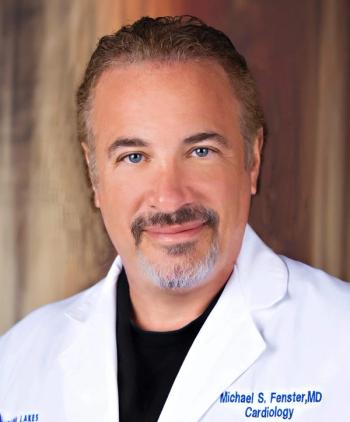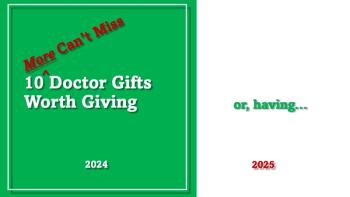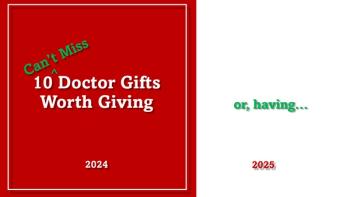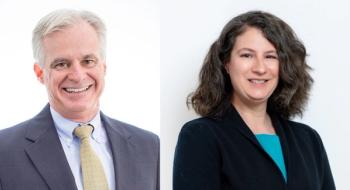
New Program Aims to Link Medical, Social Services
A new federal program aims to utilize healthcare providers to help link more people in need with social services.
The federal government has announced a $157 million project to help hospitals and doctors link Medicare and Medicaid patients to needed social services that sometimes have a bigger impact on their health than medical interventions.
Public health experts have known for decades that even with medical care easily available, patients are often
The goal of the “Accountable Health Communities” project is to find better ways to identify patients’ non-medical needs and connect them to available services in their communities. The social services to be linked include those related to housing, food, personal safety, inability to pay utility bills, and transportation. The project will fund up to 44 separate experiments over five years. Applications are being accepted by the Centers for Medicare & Medicaid Services and announcement of the winning proposals is expected later this year.
The goal of combining medical and social services is not just to help patients, wrote the team in charge of the project in this week’s
“Many community service organizations…might be able to help” patients with health-related social needs, said Dr. Patrick Conway, chief medical officer at CMS in a conference call with reporters, “but many clinics and hospitals aren’t linked well to these organizations.”
There are already small-scale examples of one-stop shopping for medical and social needs around the country that are showing positive results. For example,
The bigger challenge is “scaling up” — or figuring out how to provide such services to more people who need them.
Part of the problem is a cultural gap — not between the patients and providers, but between health care professionals and social service agencies.
The “Accountable Health Communities” project aims to identify patients’ non-medical needs and connect them with social services, such as transportation to and from medical appointments.
Medical and social service providers “are not used to working with one another or collaborating,” said Tricia McGinnis, a vice president at the
And more often than not, the bureaucracy involved, particularly in programs that serve the poor, can make collaboration difficult if not impossible.
For example, said CHCS Vice President Allison Hamblin, “fitting together a complicated Medicaid financing stream with a complicated housing financing scheme — it’s horrendous.”
McGinnis said that projects to connect health and social services are getting more popular as the health care moves toward a payment system that
For the sickest and most expensive patients, things like helping them get to and from medical appointments and helping pay utility bills so they don’t have to choose between that and buying medication can produce savings “probably pretty fast,” she said. But for patients whose social service needs are purely preventive, “it’s hard to reap those [medical] savings quickly enough” to reimburse the social service providers.
Perhaps most critical to the program, said Ashish Jha, a professor at the
The program is being run by the
“The innovation center hasn’t been the strongest” at evaluation, Jha said.
This article originally appeared in
Newsletter
Stay informed and empowered with Medical Economics enewsletter, delivering expert insights, financial strategies, practice management tips and technology trends — tailored for today’s physicians.




